Georgian cheeses are not just a simple ingredient for Georgians; just like their wine and bread, cheese stores their traditions, culture, and years of development. In fact, Georgia has around 60 types of cheese, and that earns this country a reputation as one of the world’s ancient cheesemaking centers. Cheese appears often at traditional Georgian feasts, in different forms and different dishes, so much so that Georgian people have a saying, “Cheese and bread, a kind heart.” Cheese is used in the most popular Georgian dish—khachapuri, famous cheese bread that comes in different shapes and has different feels depending on the type of cheese that was used. An archaeologist found 8,000-year-old cheese pots in Georgia, making it possibly one of cheese’s birthplaces. For travelers and foodies, sampling Georgian cheeses is like tasting centuries of culture.
Georgian cheese types
Georgian Khveli, meaning cheese in Georgian, has the traditional methods of cheesemaking that were passed down from generation to generation, and each of those Georgian cheese types is different based on the way it was prepared, the region, and the milk. Here we have a little guided list of Georgian cheeses.
Sulguni
One of the most famous Georgian cheeses is Sulguni, a semi-hard brined cheese from the Samegrelo/Svaneti region in western Georgia. This cheese is primarily made from cow’s milk; its curd is boiled, stretched, and kneaded into round and flat loaves. The result is a white cheese with a sour and tangy flavor. Sulguni has an elastic, stringy texture. This Georgian cheese can be sold fresh or be lightly smoked. It’s often compared to mozzarella or other pasta-filata cheeses. It’s delicious sliced on salads, grilled, or simply eaten with fresh herbs and tomatoes. Sulguni is a classic filling for the widely known Adjaruli khachapuri, that iconic Georgian cheese boats, but for you to fully enjoy it, make sure to not count this Georgian cheese’s calories, since it’s quite high in calories. People also bake or fry Sulguni and even enjoy it smoked for a deeper flavor with Georgian wine. It’s typically made in discs or knots—you may see rounds of Sulguni for sale in markets.
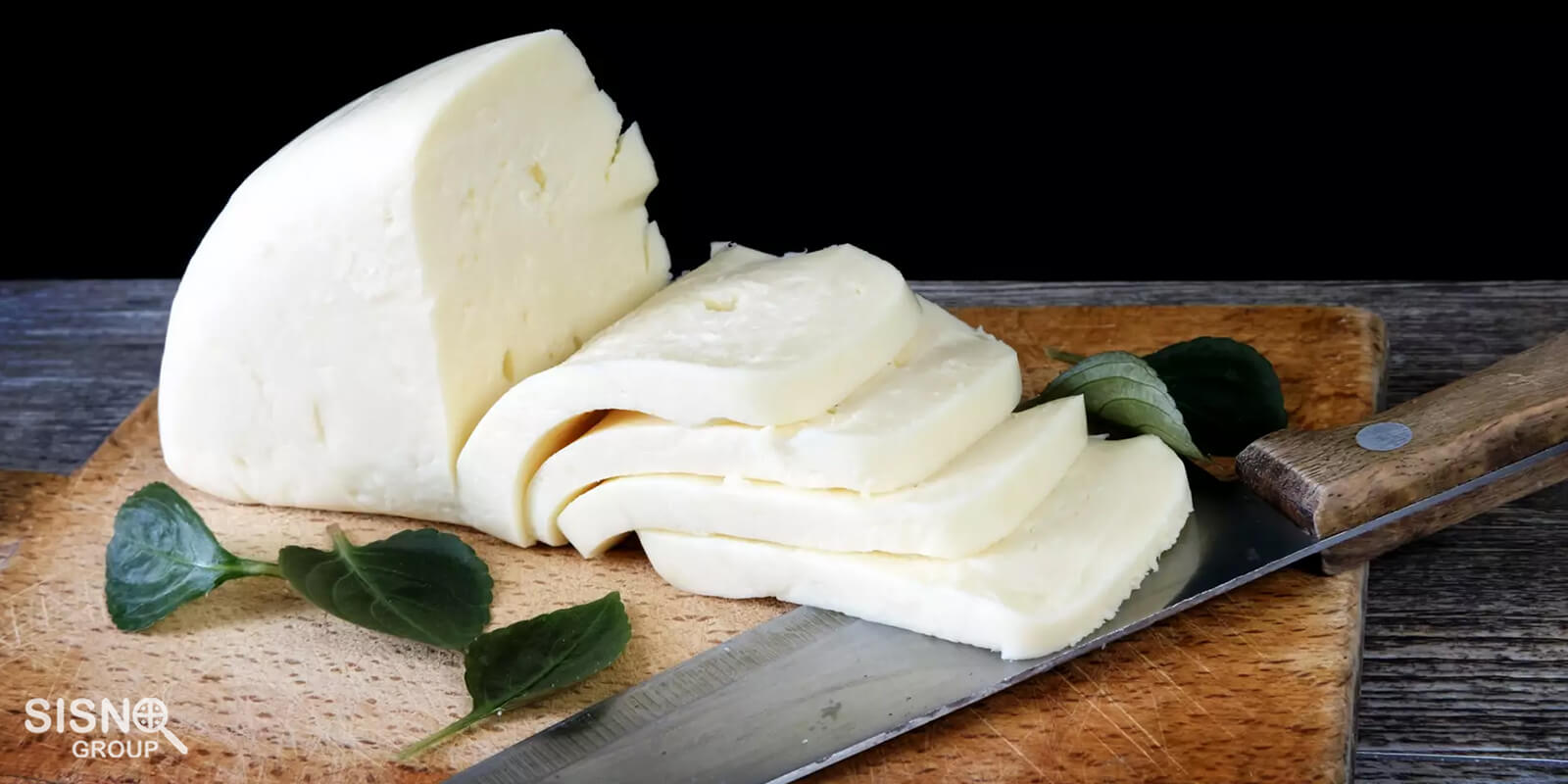
Dambalkhacho
Dambalkhacho is Georgia’s wild, rustic mountain cheese. This cheese originated in the highlands of Tusheti, in the northeastern side of Georgia. Preparation of this cheese starts from leftover buttermilk. Cheesemakers ferment the milk solids and pack them into clay pots, where the cheese dries and ages for months. The rind develops a natural gray mold, which is later scraped off to reveal the dense interior. The result is a crumbly, mold-ripened cheese with a deep, pungent musk and a hint of tang. Dambalkhacho’s flavor is intense; it can be described as earthy and salty. This flavor is making it a unique addition to Georgian cheeseboards. It’s often enjoyed crumbled over soups or melted with garlic and butter into a rich sauce.
Dambalkhacho nearly vanished in Soviet times, but it’s now experiencing a revival. The cheese is protected by tradition, and local shepherds take great pride in this sticky delicacy.
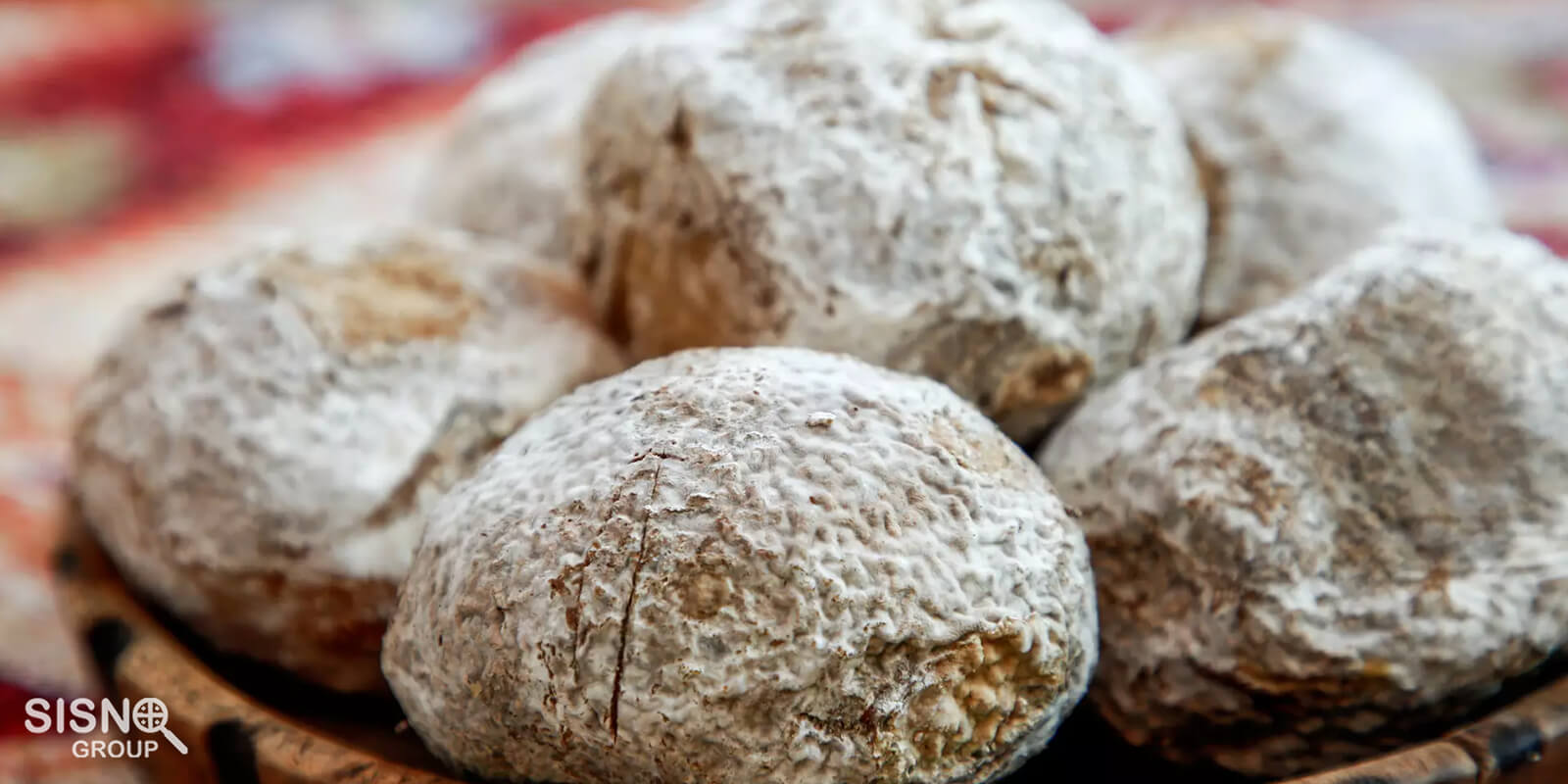
Guda
Do not confuse this Georgian cheese with Dutch Gouda. Guda is a hard, pungent cheese from mountainous eastern Georgia, primarily from places like Tusheti and Pshavi. This Georgian cheese is made from sheep’s milk, but it’s sometimes mixed with cow’s. The curds are pressed into small round shapes, which are then aged inside the sheepskin sacks, called Gudas, hence the name. Over many months in the sheepskin bags, Guda develops a firm texture and a sharp, earthy aroma. Its brownish rind and creamy interior may remind you of alpine cheeses like Tomme, but the taste is uniquely Georgian—salty and nutty, with hints of the sheepy highland pastures. Guda is typically enjoyed sliced with bread or melted into stews and the famous Lobi (stew made from beans). In Tusheti you can still see traditional Guda bags hanging in farmhouses.
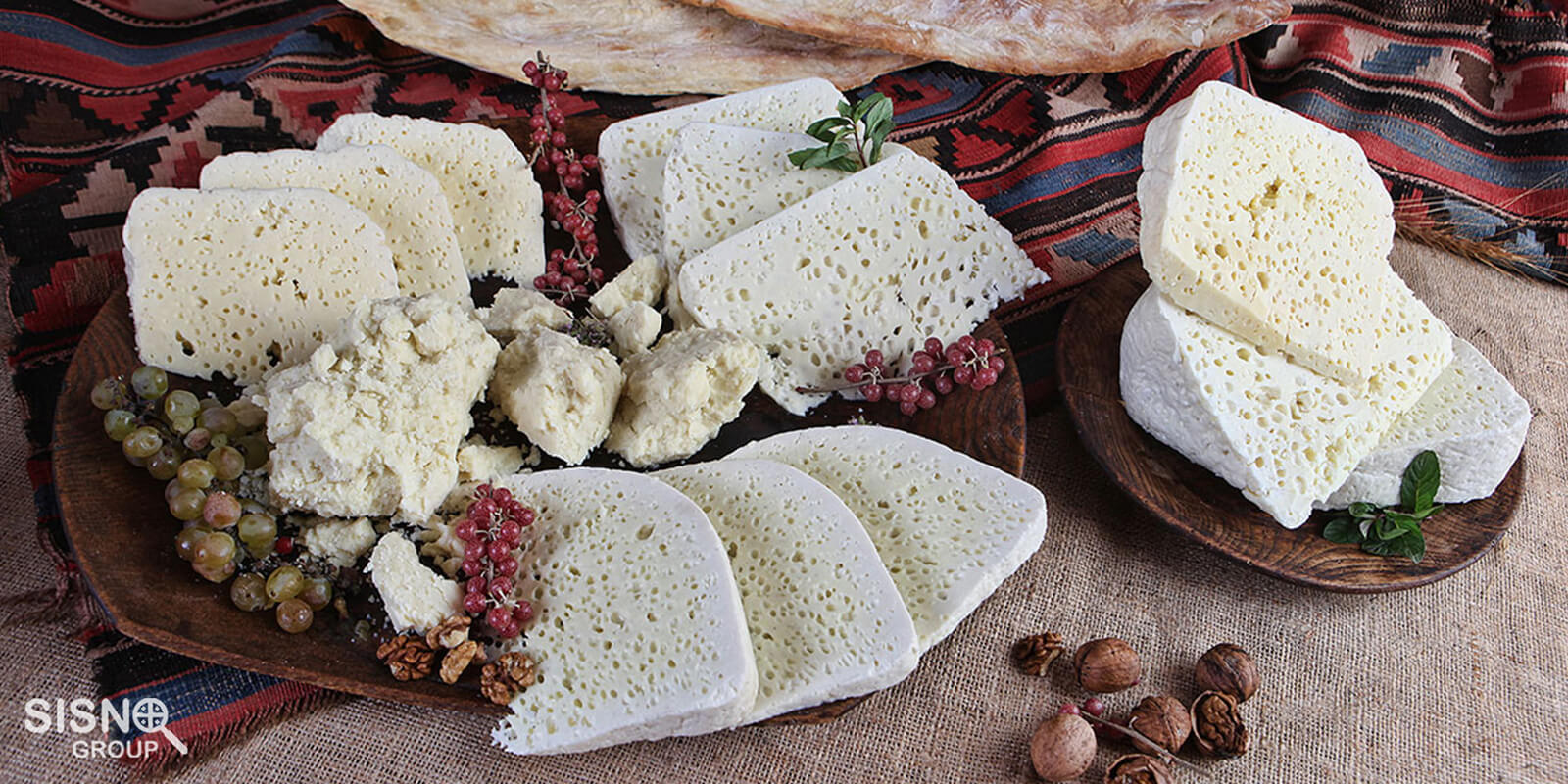
Tenelli
Tenili is a rare string cheese from the Meskheti-Kvemo Kartli region, located in southern Georgia. It has an almost magical process: cow’s or sheep’s curds are pulled into extremely thin threads, which are then drained and stacked in layers. The artisan in this cheesemaking, who is traditionally a skilled woman cheesemaker, alternates hanging the strands to dry, then soaks them in heavy cream and packs them into clay pots to age.
The word “Tenili” literally translates as stuffing more in a hole than it can hold—a nod to how the cheese is packed tightly into vessels.
The finished product is pale, stringy, and chewy, with a tangy-salty kick. Its texture is stretchy and elastic, like fine threads. This delicate cheese was almost lost during the 20th century, but today Tenili is protected as part of Georgia’s cultural heritage. If you’re lucky enough to find Tenili, enjoy it simply with fresh bread or in a khachapuri, Georgian cheese bread.
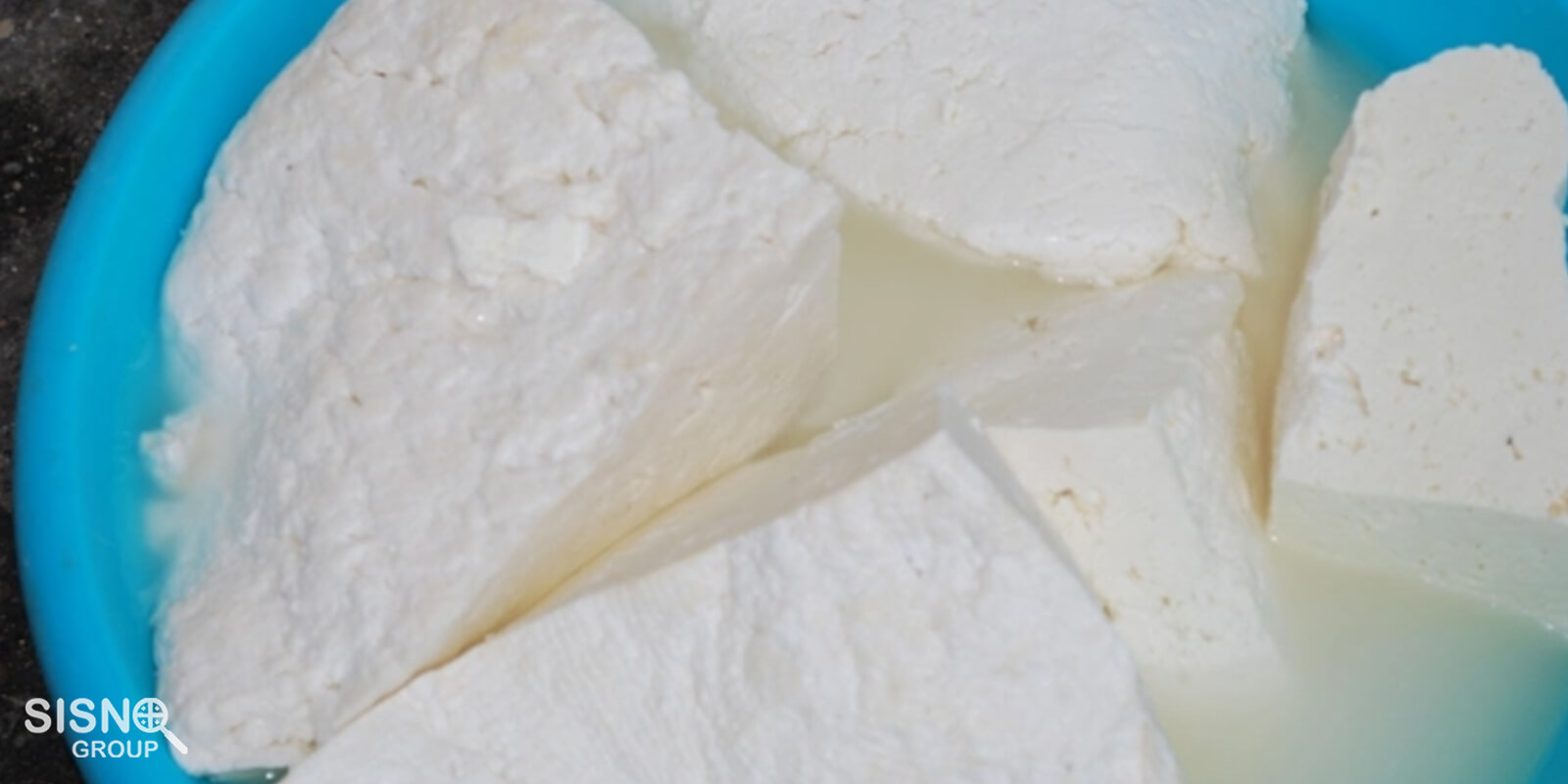
Imeretian Cheese (Imeruli)
From the lush hills of western Imereti, we get the Imeretian cheese. This fresh white cheese is milder and softer than the previously mentioned cheeses. Imeruli is made from cow’s milk curds that are simply pressed and allowed to cool. Imeruli has a tangy but gentle flavor and a spongy, chewy texture. Unlike Sulguni, it is not soaked in brine, so it tastes less salty. Imeruli is the everyday cheese of Imereti households and is especially beloved as the melting cheese in Imeretian khachapuri, which is one of the most well-known versions of khachapuri. Imeruli khachapuri is very easy to make and ypu don’t have to go to fancy restaurants to taste it, it’s easy to find while exploring street food in Tbilisi. Its high moisture and mild taste make it perfect for baking, since this cheese melts into a creamy layer without overpowering other ingredients.
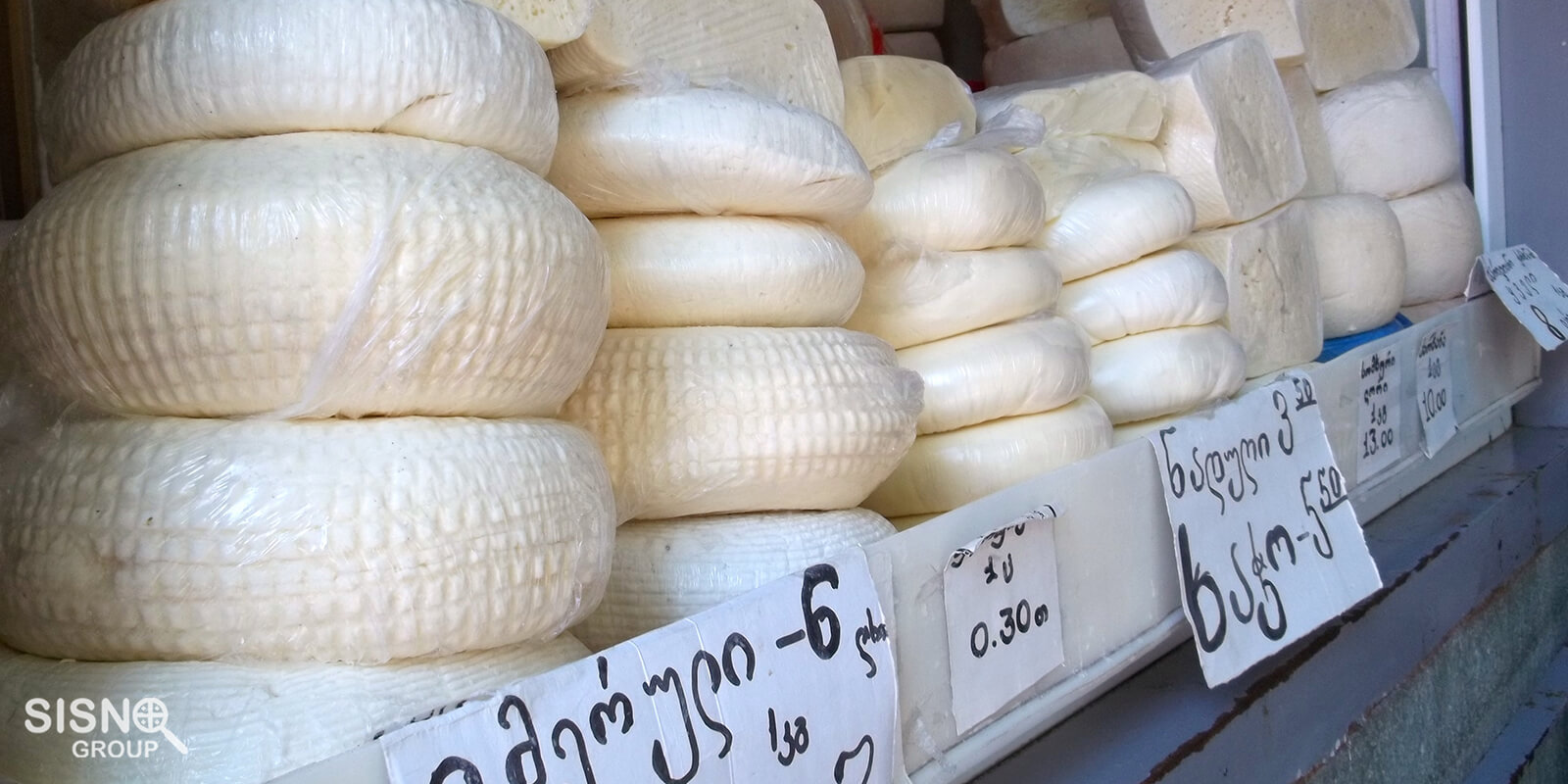
Kalti
High in the mountains of Racha and Svaneti, Kalti is a hard, aged cheese made mainly from sheep’s milk. After pressing and salting, Kalti cheese is stored in special drying rooms for a long period. The flavor is rich and salty, with a sharp bite—much stronger than Georgia’s fresh cheeses. Think of it like a Georgian Parmesan; because of the extended aging, these two cheeses are very similar. This Georgian cheese is often grated over soups or pasta or enjoyed in thin slices. Historically, its long shelf life made Kalti a favorite for shepherds and travelers in chilly climates.

Chechil
Chechil is smoked string cheese, often braided into thick ropes. These Georgian cheese straws are also made from cow’s milk; the curd is stretched and pulled many times until it forms long strands. The cheese is then usually rubbed with salt and lightly smoked over wood, giving it a chewy texture and a signature smoky-salty flavor. It’s often formed into a figure-eight braid or coil of strands. Chechil is a firm yet bendy cheese when it comes to texture. Georgians enjoy chechil by itself or toasted briefly on the fire so that its strands pull apart even more. It also shows up in mixed cheese plates alongside Sulguni and Imeruli, adding a contrasting chew. One of the most popular ways to enjoy this cheese is with beer.
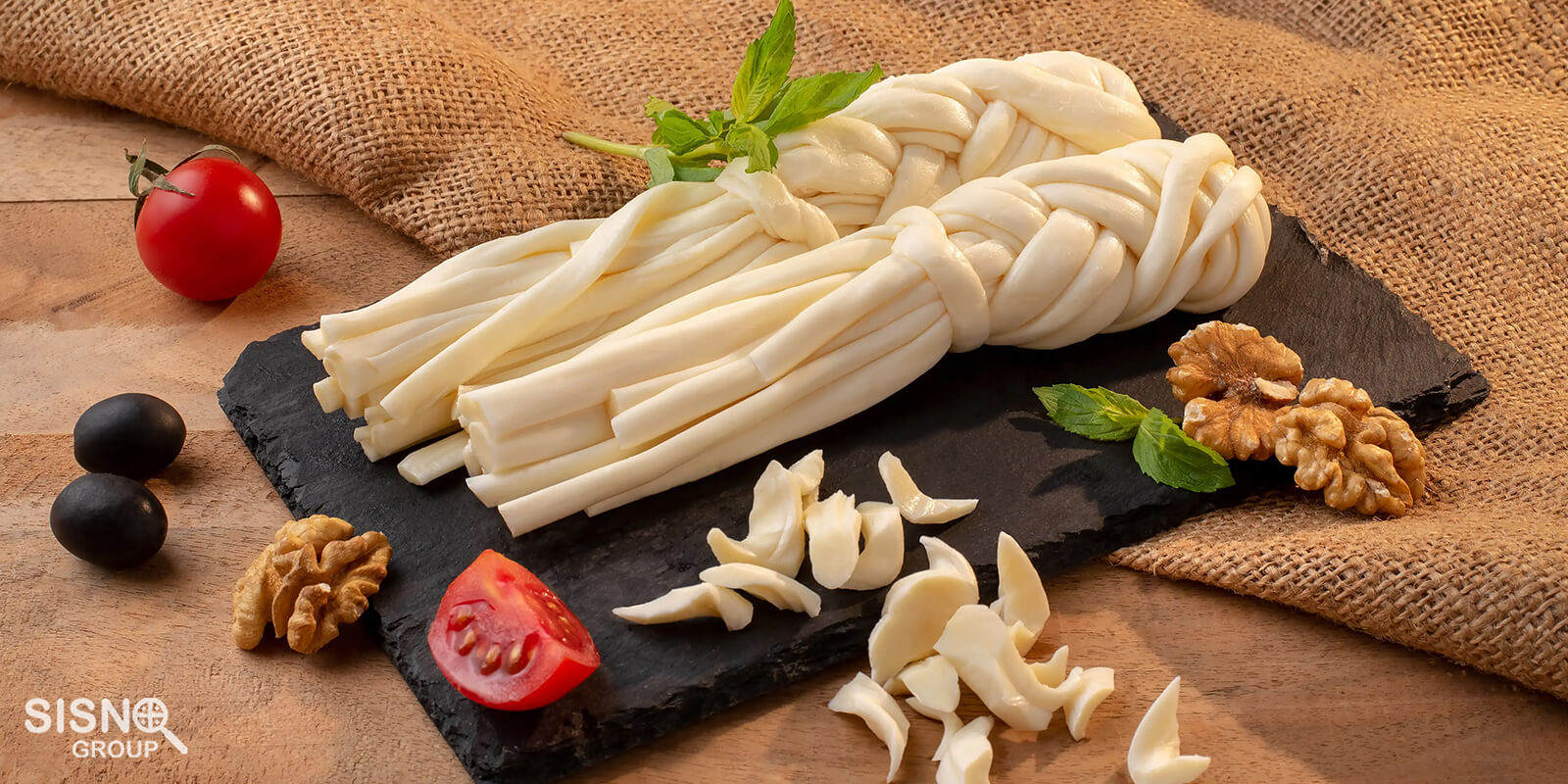
Chogi
Chogi is another mountain variety from the highlands of Tusheti (and nearby Pshavi). It is made from the rich summer milk of Tushetian sheep. The key is its mold-ripened aging: fresh sheep’s milk curds are formed into small wheels, then aged in wooden barrels layered with birch bark. After about a week, a natural white mold grows on the surface. The cheesemaker rotates and salts the wheels, then lets them age longer. The result is a strong, aromatic cheese with a gold-colored interior. Chogi is softish and crumbly but has a distinctive herbal bite. In the village, chogi is often preserved for winter; it can keep for a year or more. Locals enjoy it shaved over hot stews or simply with bread.
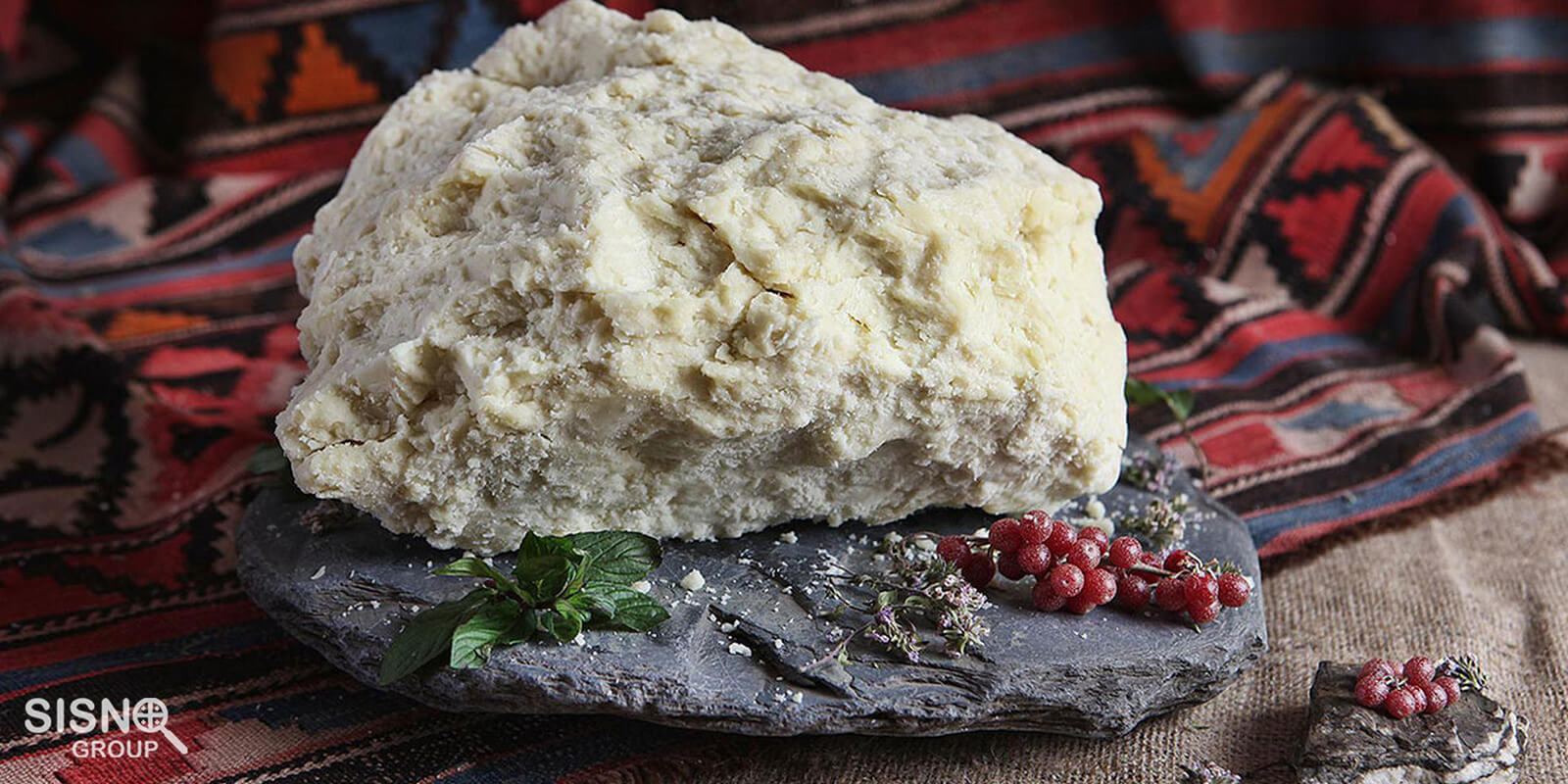
Conclusion
From the stretchy Sulguni used in khachapuri to the bold, aged Dambalkhacho and Chogi from the mountains, each of Georgian cheeses reflects a region’s flavor and history. Whether you’re enjoying a traditional Georgian cheese bread khachapuri, a mountain-style snack of Kalti, or trying a homemade Georgian cheese pie recipe, you’re tasting centuries of tradition. While many cheeses are rich in calories — like Sulguni-based Georgian cheese boats or buttery pies—they’re meant to be savored as part of a communal table. For travelers and food lovers alike, exploring the world of Georgian cheese is a delicious journey worth taking. So whether you’re visiting a local market in Tbilisi or baking at home, let Georgian cheeses introduce you to one of the most flavorful parts of the Caucasus.

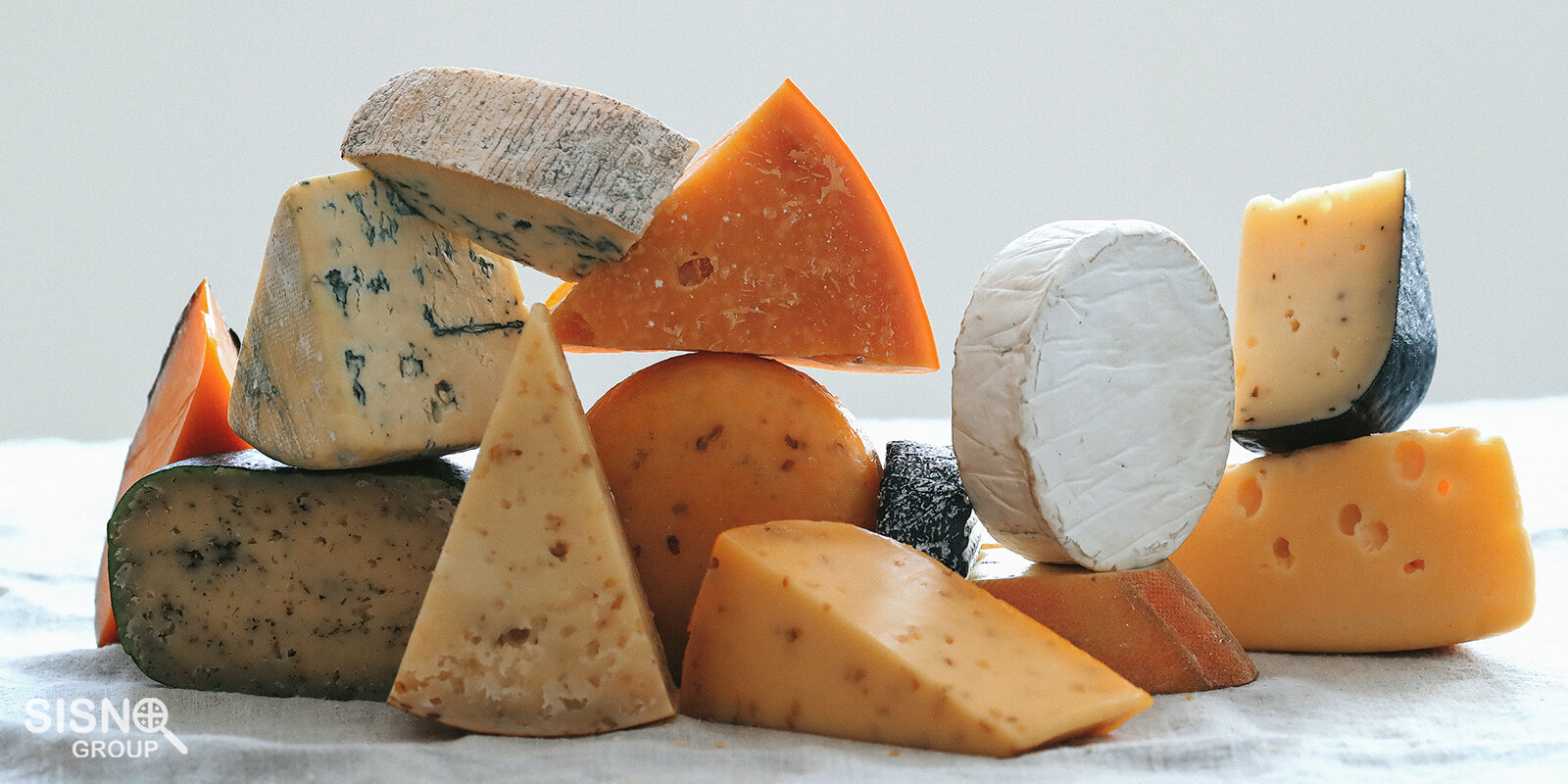



No comment